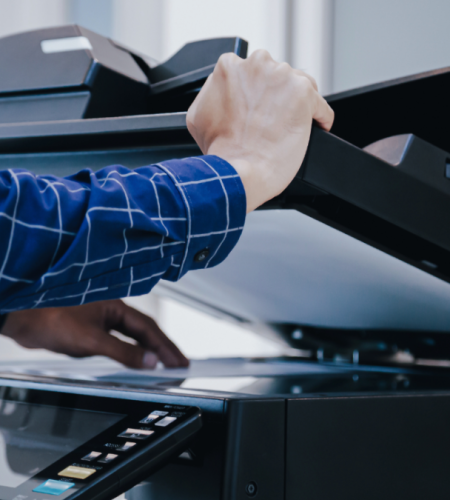When you think of an office photocopier, you might picture a bulky machine quietly churning out stacks of documents. While it may seem like just another piece of office equipment, the modern photocopier is far more than a simple printer.
These machines have evolved to become multifunctional powerhouses, streamlining workflows, enhancing document security, and even reducing environmental impact. From scanning and faxing to cloud integration and digital archiving, photocopiers play a crucial role in today’s workplaces. In this article, we explore why photocopiers are more than just printers—and how they continue to shape the way businesses operate.
You might not have known
Below are 6 interesting facts about Photocopiers which you might not have known before
- The First Photocopier Was Invented in 1938 – The modern photocopier was created by Chester Carlson, an American physicist and inventor. He developed xerography, the technology that underpins photocopying, and his invention eventually led to the founding of the Xerox Corporation.
- Photocopiers Use Static Electricity – Unlike traditional ink-based printing, photocopiers rely on static electricity to transfer toner (a fine powder) onto paper. A drum inside the machine is electrically charged to attract toner particles before being heated to fuse the toner onto the page.
- The First Commercial Photocopier Was Huge – The first commercially available photocopier, the Xerox 914, was released in 1959. It was so large and heavy that it often required reinforced flooring to support its weight. Some early models even caught fire if overused!
- Photocopiers Can Embed Hidden Tracking Codes – Many modern colour photocopiers embed tiny yellow dots on printed documents. These dots, known as printer steganography, contain information about the device used to print the document, such as the date and serial number, to help prevent counterfeiting.
- Overheating Can Cause ‘Ghost’ Copies – If a photocopier gets too hot, it can create ghost images, where faint impressions from previous copies appear on new pages. This happens when toner sticks to the drum or rollers due to excessive heat.
- They Inspired the Paperless Office (Which Never Really Happened) – In the 1970s, many people believed that photocopiers would lead to the paperless office, as they made document sharing easier. Ironically, the opposite happened—paper consumption increased, as businesses found it more convenient to duplicate documents.
Photocopiers have come a long way from their origins as simple document duplicators. Today, they serve as essential office hubs, offering scanning, cloud connectivity, security features, and even eco-friendly printing solutions. Whether streamlining workflows or reducing operational costs, modern photocopiers provide far more functionality than a standard printer. For businesses looking to stay ahead without the upfront investment, printer leasing offers a cost-effective way to access the latest technology while maintaining flexibility. As workplaces continue to evolve, photocopiers will remain indispensable tools, proving they are much more than just printers.
And there is a bonus fact: Photocopiers Were Once Considered a National Security Threat! During the Cold War, photocopiers played a crucial role in spreading information. In the 1980s, Soviet leader Mikhail Gorbachev acknowledged that access to copiers contributed to the rise of free speech and ultimately the fall of the Soviet Union. The government had previously restricted access to photocopiers to prevent the spread of anti-government materials, proving just how powerful these machines could be in shaping history.

